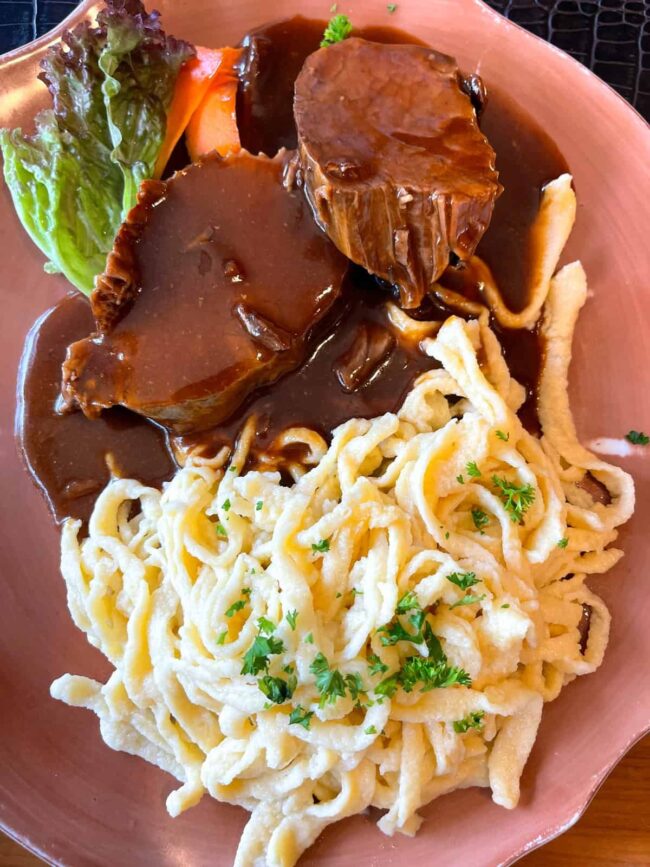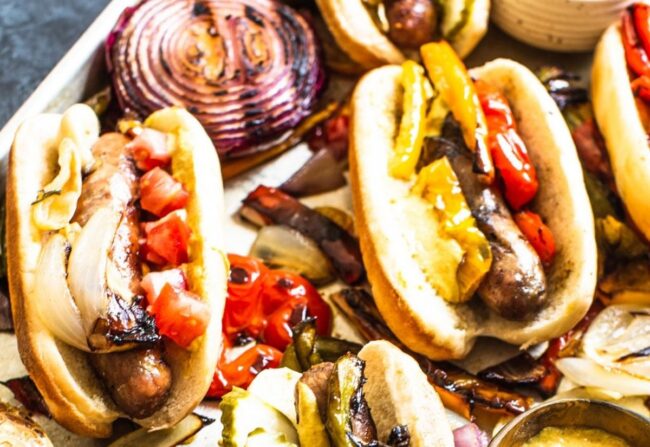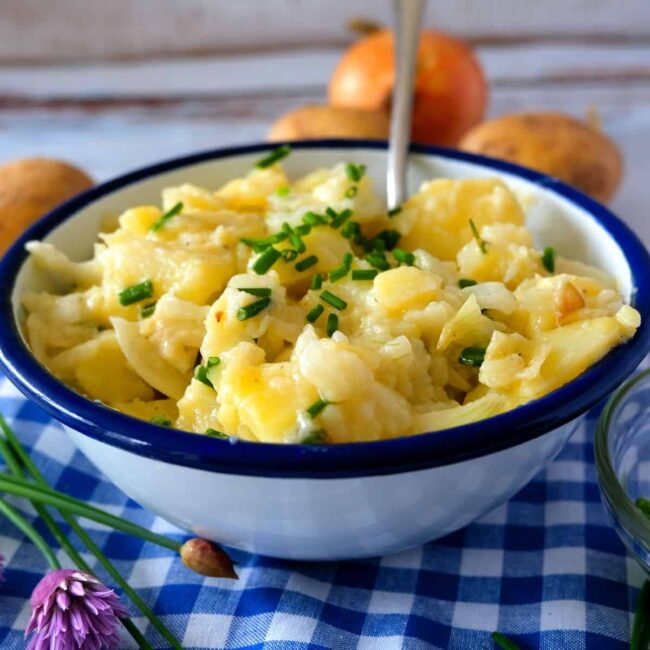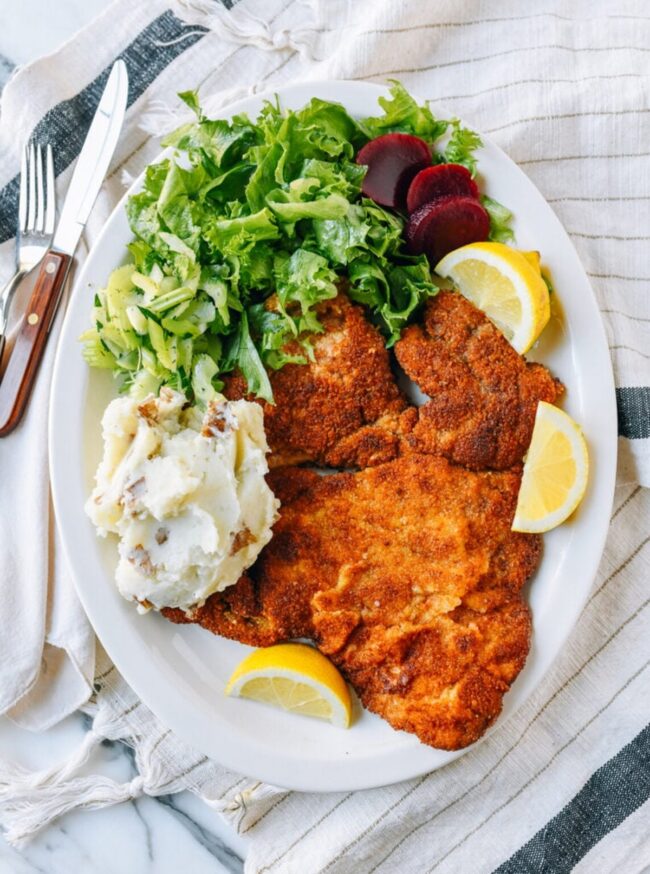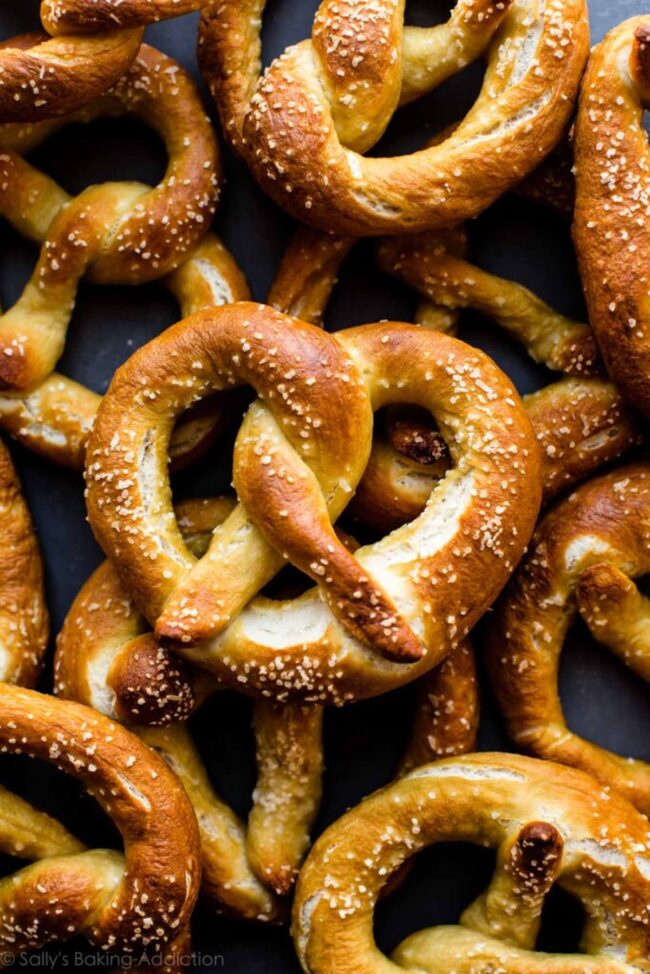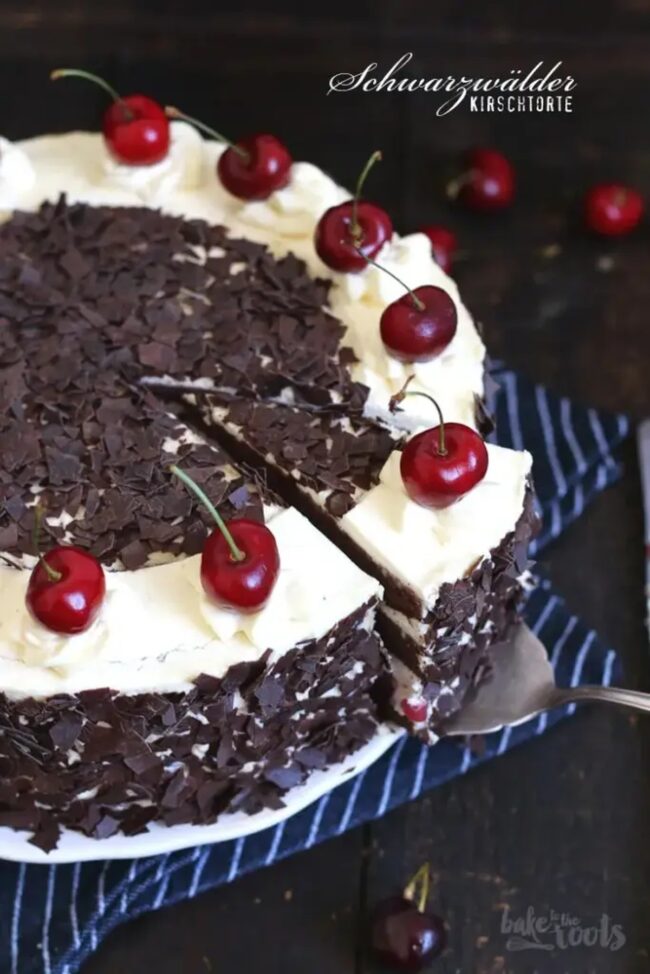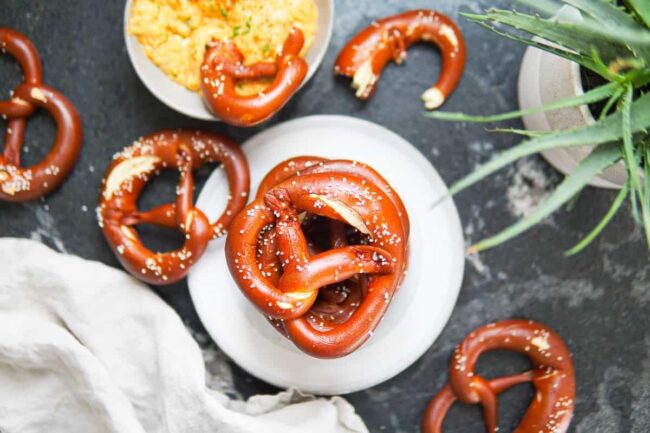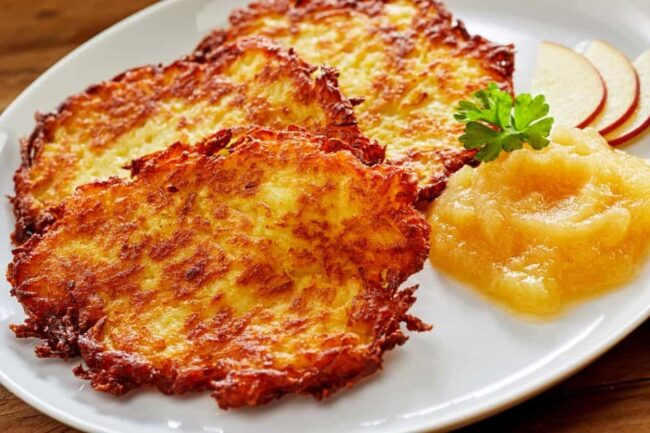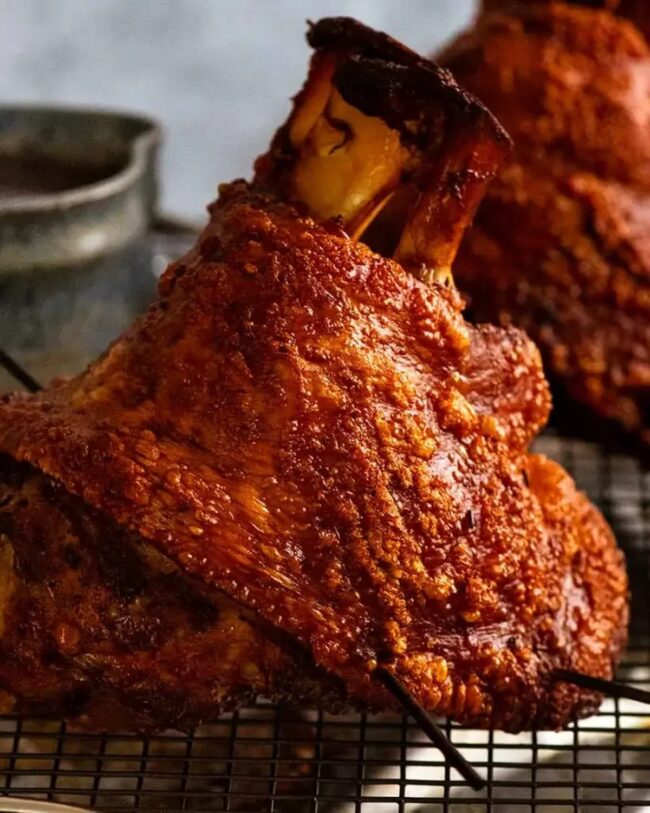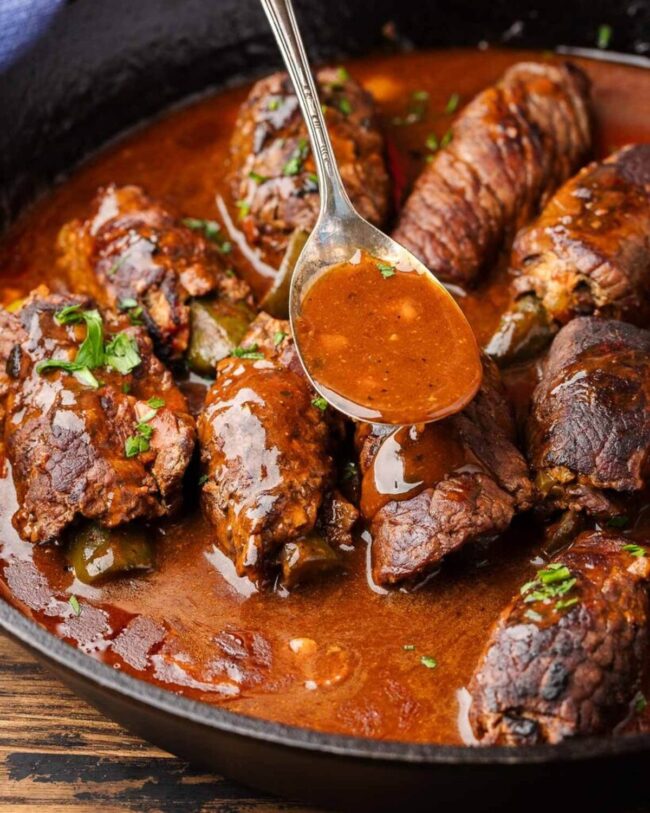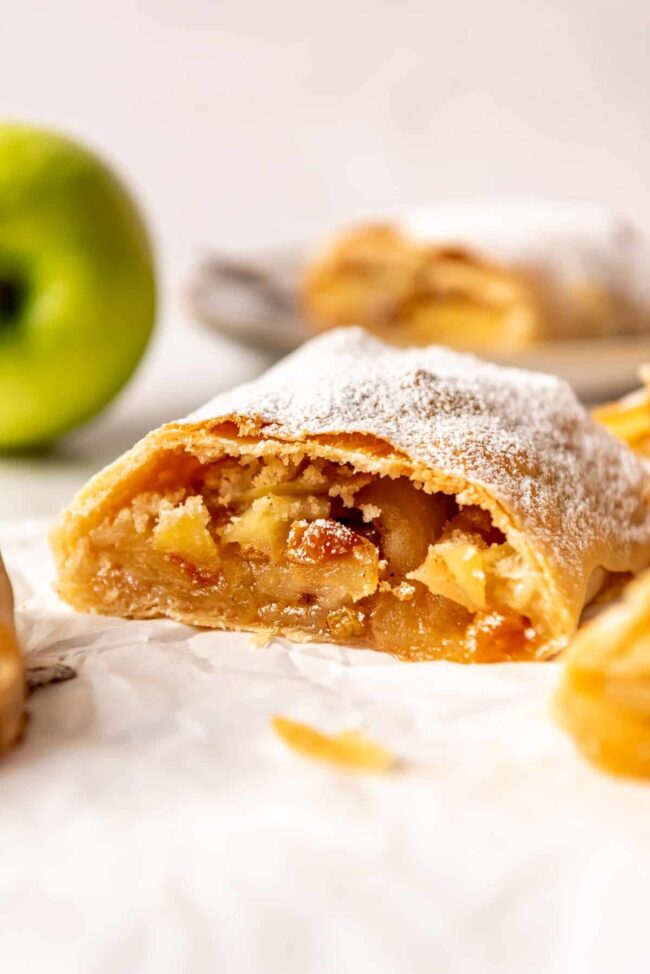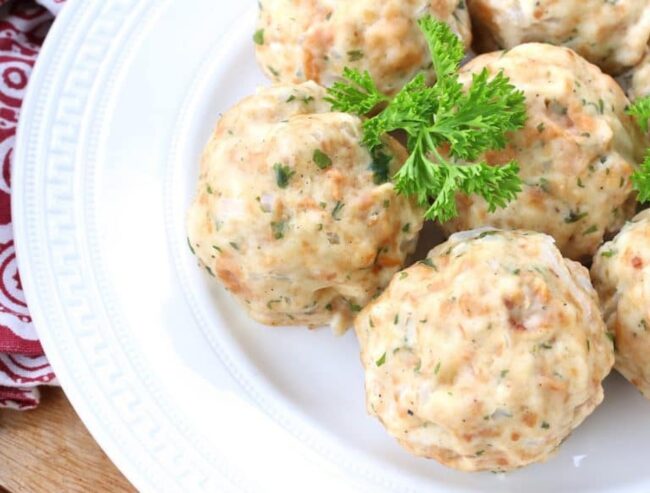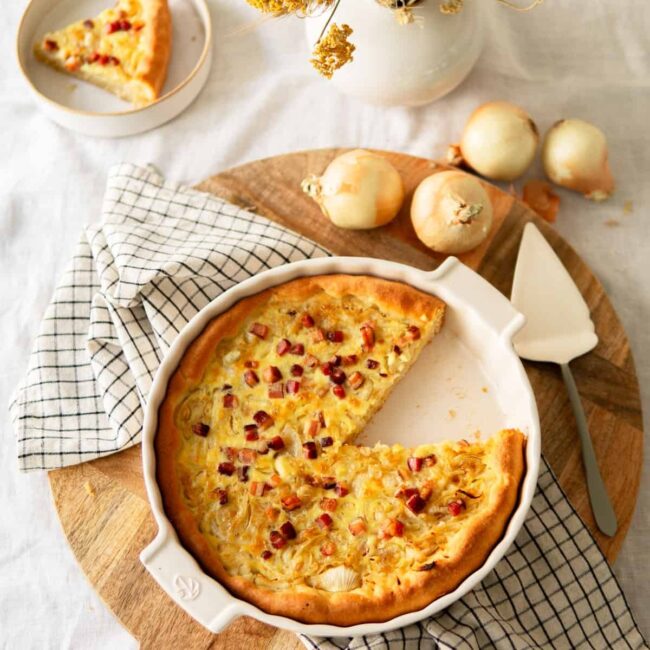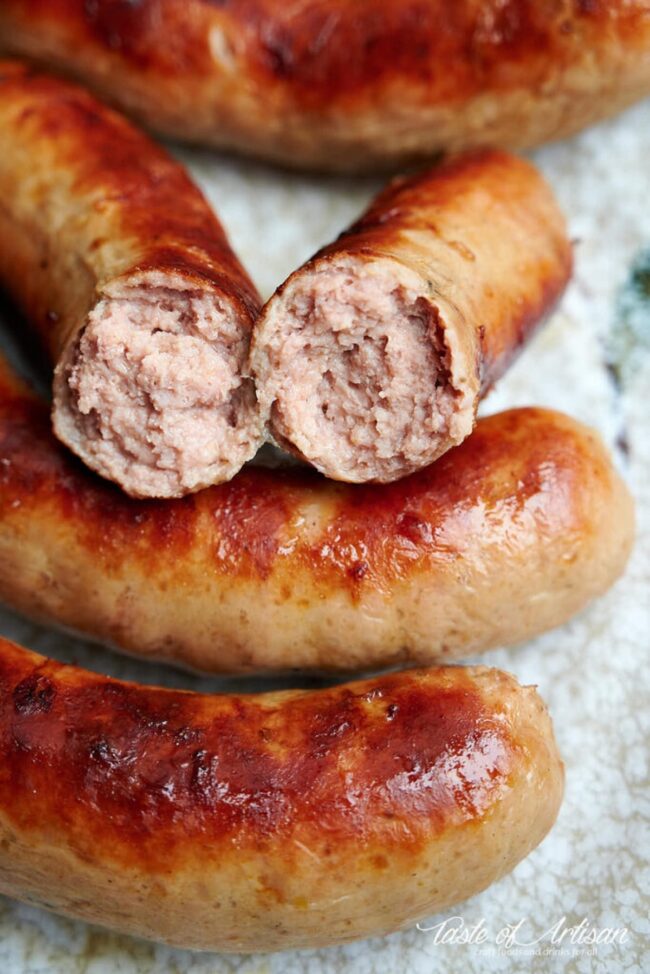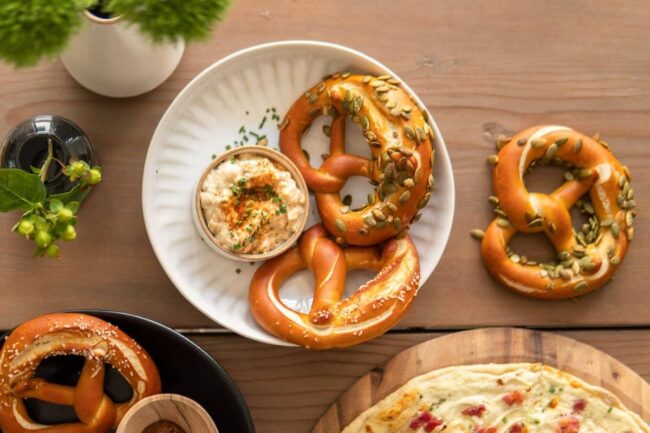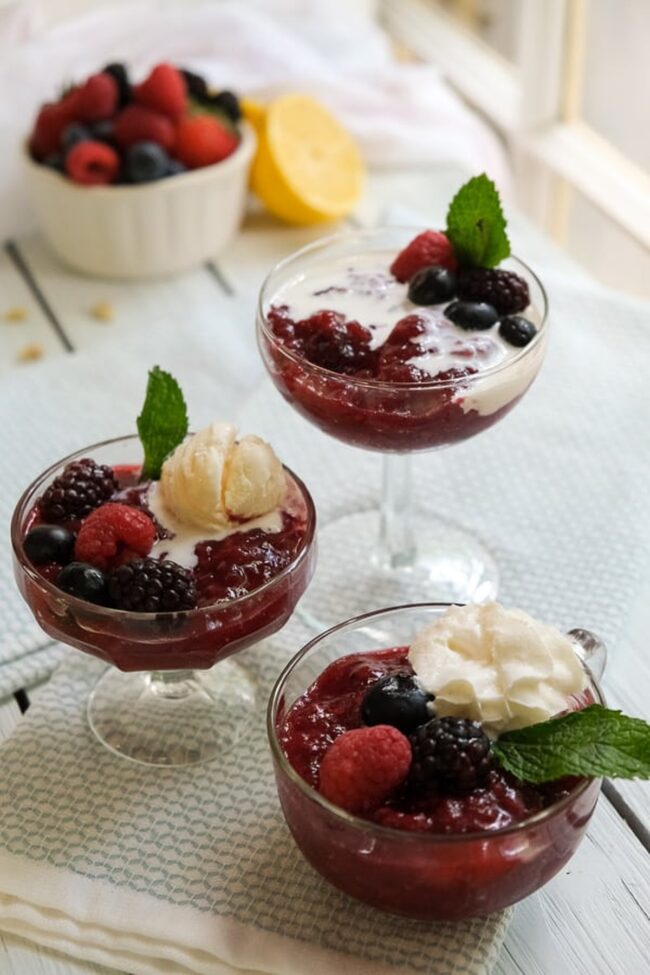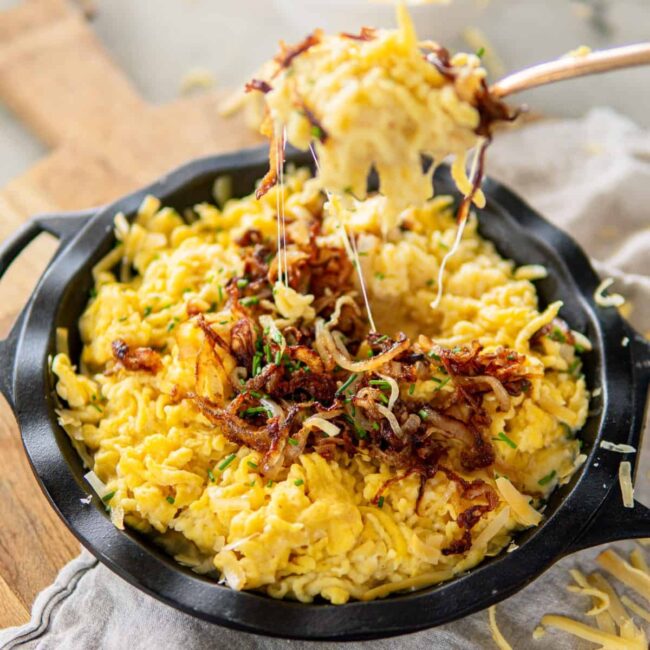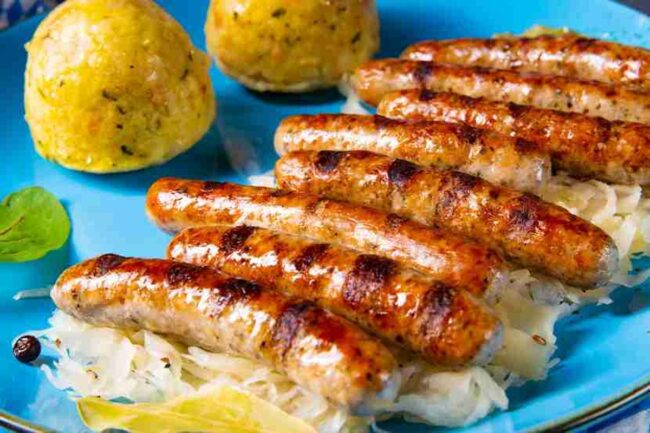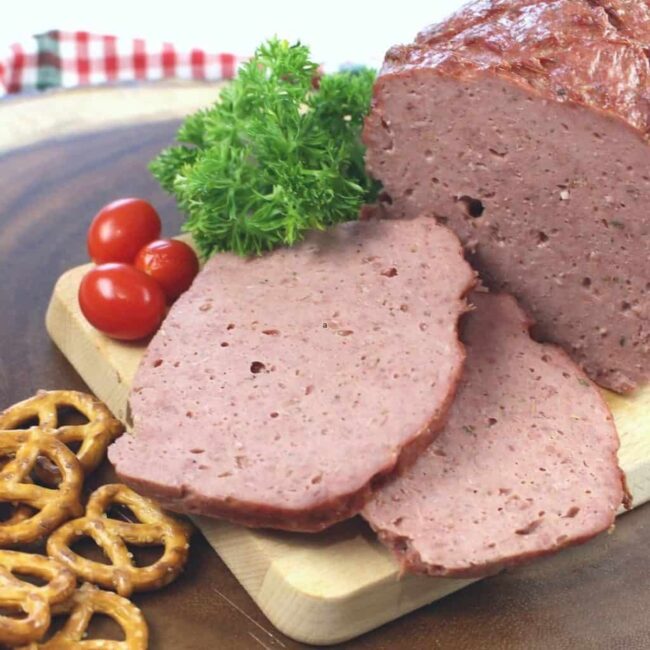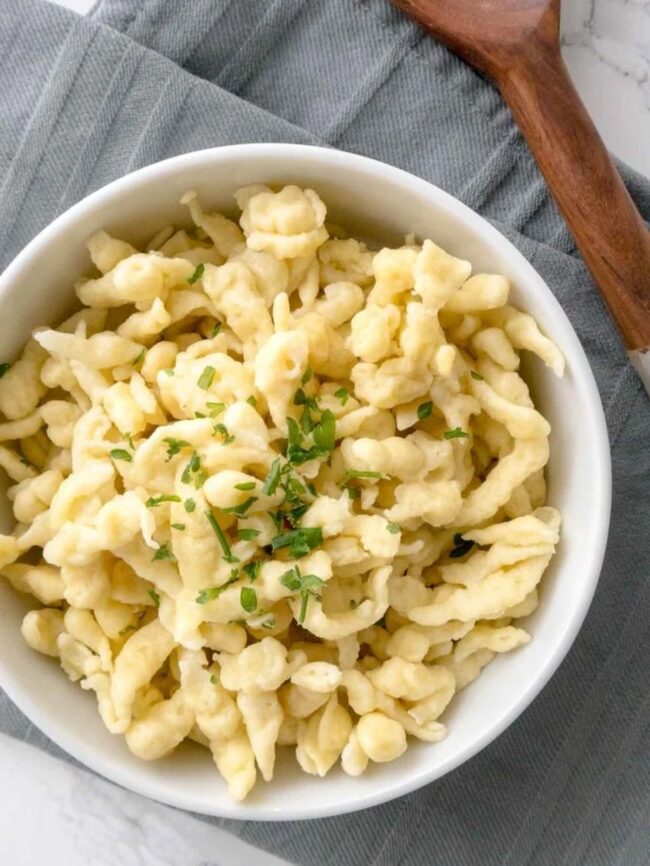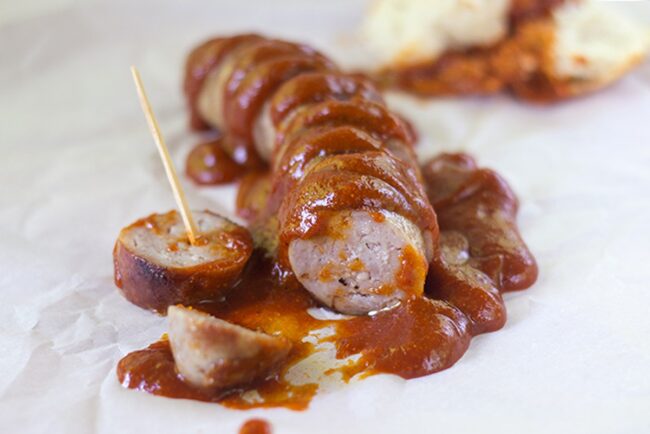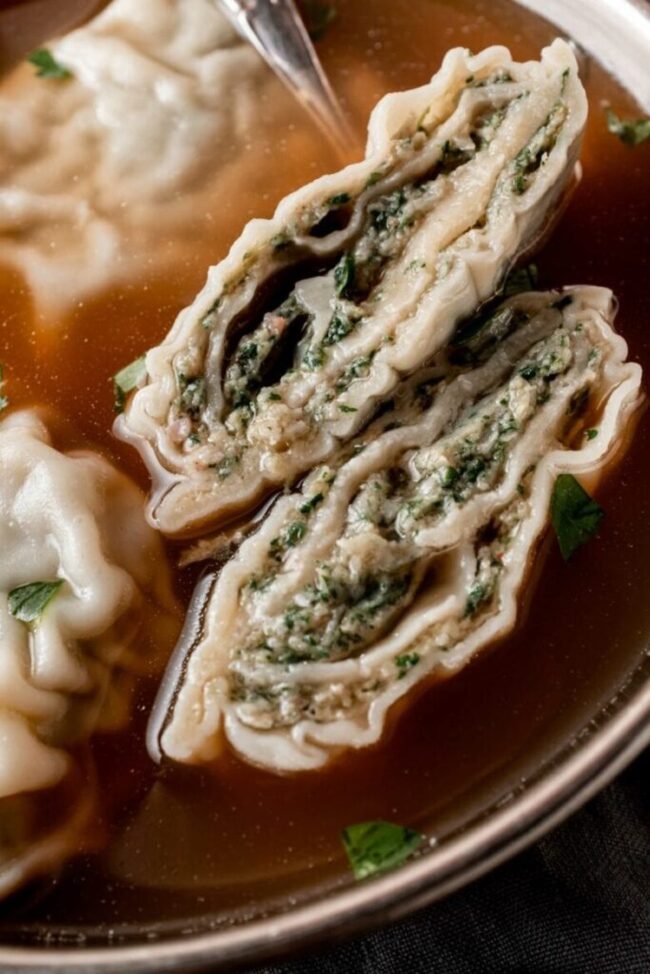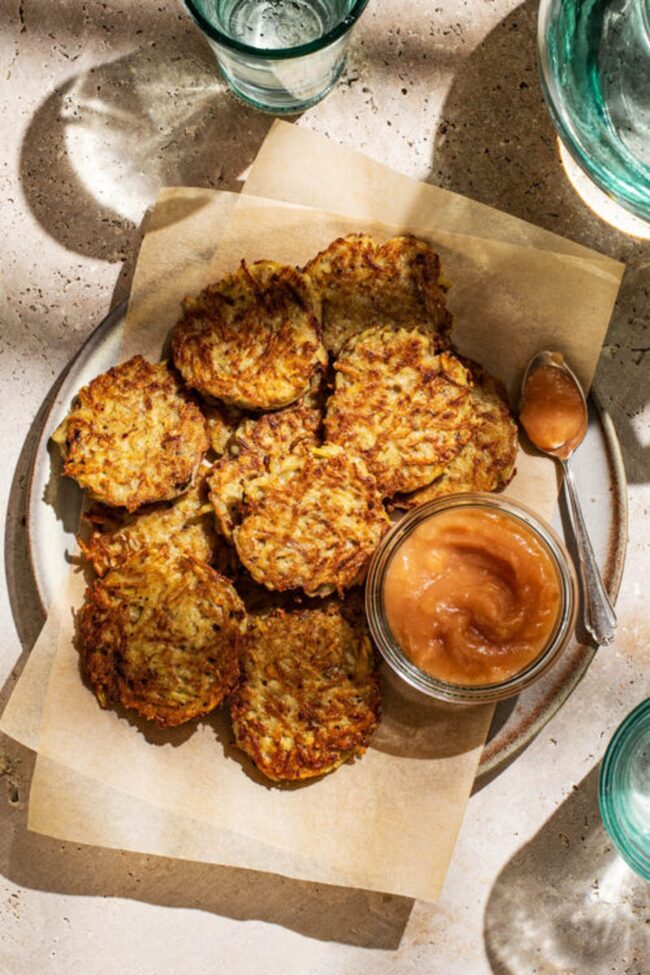25 Authentic German Recipes to Try at Home
German recipes introduce hearty and flavorful dishes to your home kitchen.
From crispy schnitzels to savory sausages, each meal is a celebration of robust tastes.
These dishes are perfect for family dinners or festive gatherings, ensuring everyone finds something to love.
Traditional ingredients and authentic techniques bring the essence of Germany to your table.
German Cuisine’s Rich History
German cuisine has a long history filled with regional flavors and traditions. Its diverse dishes reflect a mix of hearty ingredients and rich cultural influences.
Culinary Evolution
Changes in German cuisine reflect a rich history.
Early diets focused on simple, locally-sourced foods like bread, meat, and potatoes.
The introduction of spices from distant lands brought exciting new flavors to traditional meals.
Potatoes made their way into German kitchens in the 1500s and quickly became essential due to their ability to thrive in poor soil.
Hard times also shaped culinary creativity; dishes such as potato pancakes and cabbage rolls emerged during these challenging periods.
In recent decades, international influences have found a home in Germany’s food scene with pizza and döner kebabs becoming everyday favorites for many households.
Regional Food Changes
Every region in Germany offers a different taste experience.
The south highlights hearty meals such as dumplings and rich meats, with Bavaria standing out for its pretzels, white sausage, and beer.
In the north, seafood shines due to the nearby coastline; fish soups and smoked eel are popular choices there.
The east showcases a blend of Polish and Czech flavors while Berlin is famous for currywurst, a spicy sausage dish that locals love.
Hamburg adds its unique twist on burgers to the mix as well.
French influences appear in the west through exquisite wines and sauces that elevate local cuisine.
German Recipes for Authentic and Hearty Meals
German recipes offer hearty meals with rich, satisfying flavors. Below are ideas inspired by traditional cuisine that bring comfort and authenticity to your table.
Sauerbraten
Cooking sauerbraten begins with marinating beef in vinegar, wine, and spices for a few days.
This important step makes the meat tender and adds a distinct tangy flavor.
After marination, browning the beef in a pot comes next.
Fresh vegetables like carrots, onions, and celery join the pot before everything simmers together for about two hours until the meat is soft.
A flavorful gravy enhances this dish; it forms by straining cooking liquid and thickening it with flour.
For added taste and richness, some recipes include crushed gingersnap cookies in the gravy.
Traditional German sides such as spaetzle or potato dumplings complement this hearty meal beautifully.
Bratwurst
Homemade bratwurst captures the essence of German cuisine.
This sausage brings joy to gatherings and meals.
Ground pork and veal come together with spices like salt, pepper, and nutmeg for rich flavor.
Adding soaked breadcrumbs gives it a delightful texture.
For an authentic taste, regional spices can enhance the experience; marjoram works well in Nuremberg-style bratwurst while garlic or caraway may be preferred elsewhere.
Cooking involves simmering in water or beer before finishing on the grill, creating a delicious dish that pairs perfectly with mustard and sauerkraut.
Kartoffelsalat
Warm or cold, Kartoffelsalat is a favorite German potato salad that adds flavor to any gathering.
The dish starts with boiled potatoes that are peeled and sliced, forming the base for two distinct styles: creamy and vinegar-based.
For the creamy version, combine mayonnaise with pickle juice before mixing in chopped pickles, onions, and sliced eggs.
Seasoning it with salt and pepper enhances its taste significantly.
Alternatively, the vinegar-based style uses a hot dressing made from beef broth mixed with vinegar, mustard, sugar, salt, and pepper; this mixture is poured over potatoes and onions after boiling.
Perfect as a side dish at barbecues or picnics!
Schnitzel
A slice of lemon adds a refreshing touch to schnitzel, enhancing its flavor.
This German dish is simple enough to prepare in your kitchen.
Begin with a thin cut of pork or veal and pound it until it's about 1/4 inch thick.
Season the meat using salt and pepper before setting up three plates: one filled with flour, another containing beaten eggs, and the last one holding breadcrumbs.
Dredge each piece in flour, dip it into egg, then coat it with breadcrumbs before frying in hot oil for 2-3 minutes on each side until golden brown.
For an authentic experience, serve schnitzel alongside potato salad or spaetzle; mushroom sauce can add even more taste if desired.
Pretzel
The warm scent of freshly baked pretzels fills the kitchen, inviting everyone to gather around.
These German treats have a unique twisted shape that makes them instantly recognizable.
Crafting them at home requires just a few basic ingredients like flour, salt, yeast, and warm water.
After mixing these ingredients into dough and allowing it to rise, long ropes can be formed and twisted into the classic shape.
A dip in a baking soda solution creates that iconic brown crust before they bake until golden brown.
Topping with coarse salt adds extra flavor for an irresistible snack enjoyed alone or paired with mustard for dipping pleasure.
Schwarzwalder Kirschtorte
Black Forest Cake, known in Germany as Schwarzwälder Kirschtorte, captures attention with its beautiful layers.
Layers of rich chocolate sponge cake alternate with luscious whipped cream and juicy cherries.
Kirschwasser, a special cherry brandy, adds a distinct flavor to the filling and frosting.
Chocolate shavings on the sides enhance its visual appeal while more whipped cream and cherries crown the top.
Baking this dessert involves slicing a baked chocolate cake into three layers before assembling it all together.
Ideal for celebrations or gatherings, this dessert brings joy to any table setting with its delicious taste and stunning appearance.
Brezel
Pretzels, fondly known as brezels, hold a special place in German cuisine.
A few basic ingredients create these delightful snacks.
Flour, yeast, water, and salt come together to form the dough.
After kneading it thoroughly and allowing it to rise, shape the dough into traditional pretzel twists.
A dip in a baking soda solution before baking ensures that rich brown color and chewy texture everyone loves.
Once baked until golden brown and sprinkled with coarse salt, these treats taste best warm from the oven alongside mustard for dipping.
Marillenknodel
Warm dumplings filled with juicy apricots create a delightful treat.
These sweet Austrian snacks are wonderful for dessert or a quick bite.
Soft dough made from quark or cream cheese, flour, and butter wraps whole apricots snugly inside.
Cooking them in simmering water allows the dumplings to float gracefully, ensuring they cook evenly.
After cooking, roll them in buttery breadcrumbs and dust with powdered sugar for an irresistible finish.
Enjoying these tasty bites during summer when fresh apricots are available adds to their charm; making them at home brings a touch of Austria right to your kitchen!
Reibekuchen
German potato pancakes, known as Reibekuchen, serve as a delicious snack or side dish.
The process begins with grating raw potatoes and onions before combining them with egg and spices.
Spoonfuls of this mixture are then placed in hot oil to form small pancakes.
Frying each side for 3-5 minutes results in a crispy exterior while keeping the inside tender.
Once cooked, draining on paper towels helps remove extra oil for a better taste experience.
These pancakes can be enjoyed plain or enhanced with toppings like applesauce or sour cream and are favorites at German festivals and markets for their satisfying flavor.
Eisbein
A satisfying meal, Eisbein highlights the deliciousness of pork knuckle.
Many traditional German restaurants proudly serve this dish.
Simmering pork hocks with vegetables for around two hours allows the meat to become tender and full of flavor.
Roasting afterward creates a delightful crispy skin that complements the soft interior.
Potatoes and mustard often accompany this hearty dish, enhancing its taste even more on chilly days.
The combination of rich pork flavor with a crunchy texture makes every bite memorable.
Wiener Schnitzel
A slice of lemon adds a refreshing touch to hot Wiener Schnitzel.
This dish pairs wonderfully with potato salad or crispy French fries, enhancing the meal's flavor.
Coating thin veal cutlets in flour, egg mixed with Parmesan cheese and seasonings, then breadcrumbs creates a delicious crunch.
Frying them in hot oil for about 5 minutes on each side results in a golden-brown finish that is truly satisfying.
First, pound the veal cutlets to about 1/4-inch thick before starting this process.
The charm of this classic German dish makes it hard not to love it!
Rouladen
A flavorful gravy coats tender beef rolls that everyone will love.
Cooking time lasts about 1.5 hours, allowing the ingredients to meld beautifully.
Thin slices of beef serve as the main ingredient, complemented by bacon, onions, and pickles for a burst of taste.
Mustard spread on each slice adds a zesty kick before rolling them up tightly with twine to hold everything in place.
After browning in a pan, the rouladen simmers in rich beef broth alongside carrots and celery for added depth.
Pairing these delicious rolls with potato dumplings or spaetzle completes an authentic German dining experience that is sure to impress guests at your table.
Apfelstrudel
This dessert features a flaky pastry filled with sweet apples, cinnamon, and raisins.
The dough is rolled out thinly before the filling is spread on top.
After rolling it up, the strudel bakes until golden brown.
When prepared well, the outside remains crisp while the inside stays soft and tender.
Warm servings often include whipped cream or vanilla ice cream for an extra touch of sweetness.
Enjoying this treat alongside coffee or tea makes for a delightful afternoon experience that many cherish throughout Germany.
Knodel
Knödel serve as a delicious side dish in German cuisine, often enjoyed alongside meat meals.
The preparation starts with soaking bread cubes in warm milk to soften them.
Mixing sautéed onions, eggs, and spices like parsley and nutmeg enhances the flavor of the dumplings.
After forming the mixture into balls, boiling them until they float ensures they're cooked perfectly.
For an added taste sensation, consider incorporating bacon or using pretzel bread for a delightful twist on tradition.
These dumplings pair wonderfully with rich gravies or hearty meats for a satisfying feast.
Zwiebelkuchen
Warm Zwiebelkuchen serves as a delightful German onion tart that many find irresistible.
A combination of caramelized onions and crispy bacon creates a rich filling that pairs beautifully with the soft yeast dough.
Flour, yeast, milk, and butter come together to form this base; letting it rise allows for a light texture.
After sautéing sliced onions until they turn golden brown, mix them with bacon pieces for added flavor before spreading over the rolled-out dough.
A creamy blend of eggs and sour cream poured on top adds extra richness before baking until everything is golden brown.
This savory dish shines as an appetizer or light meal during autumn gatherings.
Bockwurst
Trying bockwurst opens the door to a delicious German culinary experience.
This sausage features a smooth texture and gentle taste, making it appealing to many.
For those who enjoy cooking, making bockwurst at home can be rewarding; combining veal, pork, and sometimes beef with cream and seasonings creates a unique blend.
Cooking methods vary; simmering in hot water for about 15 minutes yields tender results while grilling or pan-frying adds extra flavor depth.
Serving this treat alongside mustard and sauerkraut enhances its traditional charm during barbecues or hearty dinners.
Adventurous cooks might consider stuffing homemade bockwurst into sheep casings with chives and onions for an exciting twist.
Obatzda
Obatzda serves as a delicious cheese spread from Bavaria.
A combination of soft cheese like Camembert, butter, and cream cheese forms its base.
Adding paprika, caraway seeds, and salt enhances the flavor profile significantly.
Finely chopped onions provide a nice crunch while a splash of beer can elevate the taste even further.
After mashing everything together with a fork for an even mix, chilling it in the fridge for several hours improves its texture and taste.
This spread pairs wonderfully with pretzels, bread or fresh veggies and shines at gatherings or as an easy snack option.
Rote Grutze
A refreshing dessert awaits with Rote Grütze, a delightful German treat featuring vibrant red berries.
This dish shines on warm days and is simple to prepare.
Begin by boiling a mix of red fruit juice, sugar, and vanilla in a pot.
Once bubbling, add fresh strawberries, raspberries, or cherries for that burst of flavor.
Cornstarch thickens the mixture perfectly; then it cools before serving in bowls topped with cold cream.
Feel free to tweak the sweetness by adjusting sugar levels or experimenting with different berry blends for your personal favorite taste experience.
Kasespatzle
This German comfort food shines with its rich flavors and hearty ingredients.
Layers of homemade spaetzle noodles combine beautifully with melted cheese, typically Emmental or Gruyère.
Caramelized onions add a sweet touch when cooked slowly until golden brown, enhancing the dish's taste.
For an extra kick, crispy bacon pieces can make an appearance in some recipes.
Once assembled, the dish bakes until bubbly and golden on top.
Käsespätzle warms both body and spirit during chilly weather.
Feuerwurst
Broiling the sausages at 167°F (75°C) for 20 to 25 minutes ensures they cook through perfectly.
A helpful tip involves cooking for one minute for every millimeter of sausage diameter.
After smoking, Feuerwurst is ready to be enjoyed in various dishes.
This spicy smoked sausage enhances any German meal with its zesty flavor and warmth, making it a fantastic addition to your culinary repertoire.
Ground meat, typically pork or beef, combines with spices such as paprika and garlic during preparation.
The name Feuerwurst comes from the German word meaning "fire," which reflects its exciting taste profile.
Stuffing seasoned meat into casings and smoking them creates a unique treat that pairs wonderfully with mustard and crusty bread.
Leberkase
Sliced Leberkäse makes a delicious addition to any roll, whether served warm or chilled.
This dish has roots in Germany and is especially popular during Oktoberfest.
A combination of finely ground beef, pork, and bacon creates its rich flavor.
Mixing the meats with spices and ice ensures the mixture stays cool before pressing it into a loaf pan for baking.
The texture remains smooth throughout, making each bite satisfying.
For an authentic experience, serve this meatloaf-style dish alongside tangy cabbage salad; it’s hearty enough to enjoy anytime throughout the year.
Spatzle
Beloved in German cuisine, spätzle offers a comforting taste with its simple ingredients: flour, eggs, salt, and water or milk.
A smooth batter forms when these elements mix together and rest for about 15 minutes.
Salted water simmers in a pot as the next step.
Using a spätzle maker or colander allows the batter to flow into the hot water; noodles rise to the surface when they finish cooking.
A slotted spoon helps scoop them out easily.
This dish works wonderfully as an accompaniment or topped with rich gravy and cheese alongside many hearty German meals.
Currywurst
Currywurst has earned a special place in the hearts of many as a favorite German street food.
Sausage and curry-spiced ketchup come together to create this delicious dish, often found at bustling food stalls throughout Germany.
Preparing it at home is simple and satisfying.
Start with bratwurst or any German sausage, frying or grilling it until golden brown.
A quick sauce can be made by mixing ketchup with curry powder, paprika, and a dash of Worcestershire sauce; gently warming this blend enhances its rich taste.
After slicing the sausage, pour over the warm sauce and add extra curry powder for an inviting finish; pairing it with crispy fries or rolls makes for an enjoyable meal experience.
Maultaschen
Maultaschen, a hearty German dish, consists of pasta pockets filled with delicious ingredients.
A blend of ground meat, spinach, onions, and breadcrumbs creates a flavorful filling.
Rolling out thin sheets of pasta forms the base for these pockets.
Half of each sheet receives the filling before folding over and sealing the edges tightly.
After cutting them into squares or rectangles, cooking happens in simmering water or broth for about 10-15 minutes until they rise to the surface.
Serving options include enjoying them in broth as soup or pan-frying for a crunchy texture that adds variety to any meal.
Kartoffelpuffer
Enjoying Kartoffelpuffer brings a taste of Germany to any meal.
The crispy outside perfectly complements the soft inside, creating a delightful texture.
Preparation involves grating potatoes and onions, then combining them with eggs, flour, and seasonings for flavor.
Heating oil in a pan allows for frying spoonfuls of this mixture until they turn golden brown on both sides.
These pancakes serve well with applesauce or sour cream and can fit into breakfast, lunch, or dinner options.
Versatile in nature, they act as both a side dish and main course that many cherish.
Core Ingredients in German Cooking
German cooking relies on core ingredients like meats, potatoes, and fresh bread. These staples create comforting and flavorful meals.
Meat & Sausage Varieties
German cuisine heavily features pork, which comes in various forms such as roasts and chops.
Sausages are a significant part of the culinary landscape, boasting over 1,500 varieties.
Among the favorites are bratwurst, typically grilled or fried and made from pork or veal; weisswurst, a white sausage from Bavaria crafted with veal and pork back bacon; and currywurst, served with a tangy curry-spiced ketchup.
Beef and chicken also find their place on many tables across Germany.
In certain regions, game meats like venison and boar enrich traditional dishes further.
This diverse array of ingredients showcases Germany's rich culinary heritage.
Grains & Breads
German cuisine heavily features bread, which plays a vital role in meals.
With over 300 varieties available, this staple comes mainly from rye and wheat grains.
Dark and dense pumpernickel offers a rich flavor, while whole grain vollkornbrot provides wholesome nutrition.
Small crusty rolls known as Brötchen are popular for breakfast or snacks.
Potatoes also hold significant importance; they appear boiled, mashed, or tossed into salads for added texture and taste.
Noodles and dumplings complement many dishes; spätzle stands out as a beloved egg noodle choice in southern Germany.
Essential Seasonings
Seasonings play a vital role in German cooking, enhancing the natural taste of ingredients.
Salt and black pepper serve as essential staples, added according to personal preference rather than strict measurements.
Vinegar contributes to marinades and helps balance rich dishes.
Common herbs like parsley can be used fresh or dried across many recipes, while dill shines in fish dishes and pickles.
Caraway seeds flavor bread and meats, while mustard acts as both a condiment and an ingredient in various meals.
Juniper berries lend their unique taste to game meats and sauerkraut, creating memorable flavors that define this cuisine.

